Venus with Cupid Stealing Honey 1530
The scene is taken from literature, specifically the poem Cupid Stealing Honey by the classical Greek poet Theocritus.
[br]
[b]The story behind the painting[/b]
The poem tells the story of how Cupid complains to his mother, Venus (the goddess of love), of how the bees sting him because he has stolen their hive. He wonders that creatures so small can inflict so much pain....
- Credit:
- Courtesy of the National Gallery of Denmark
More from this artist...
Loading...
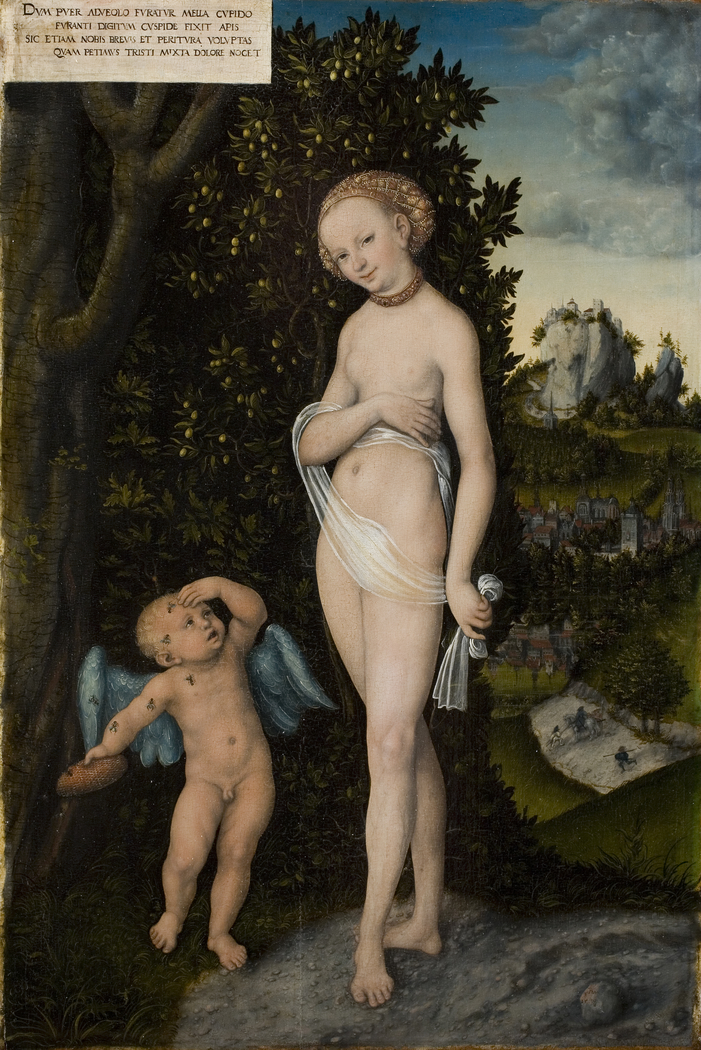

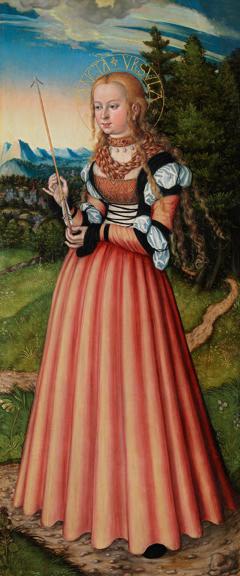
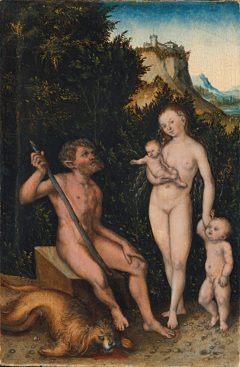

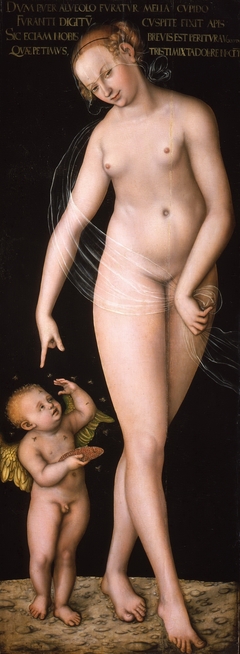
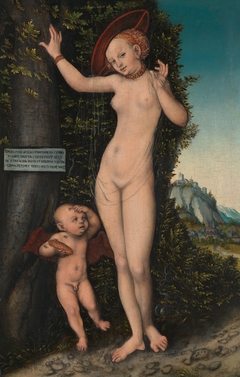
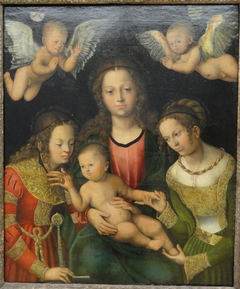



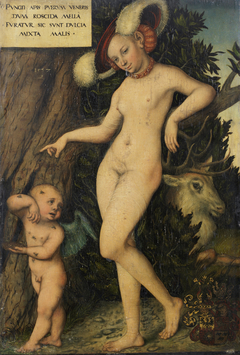



Discussion